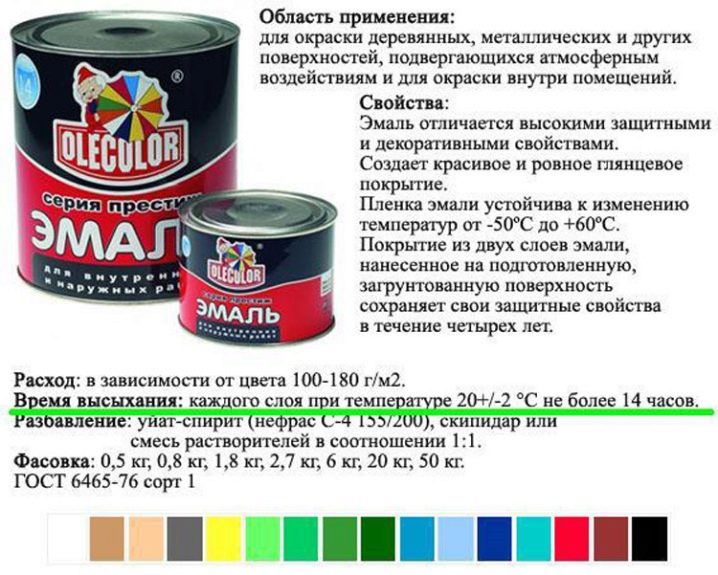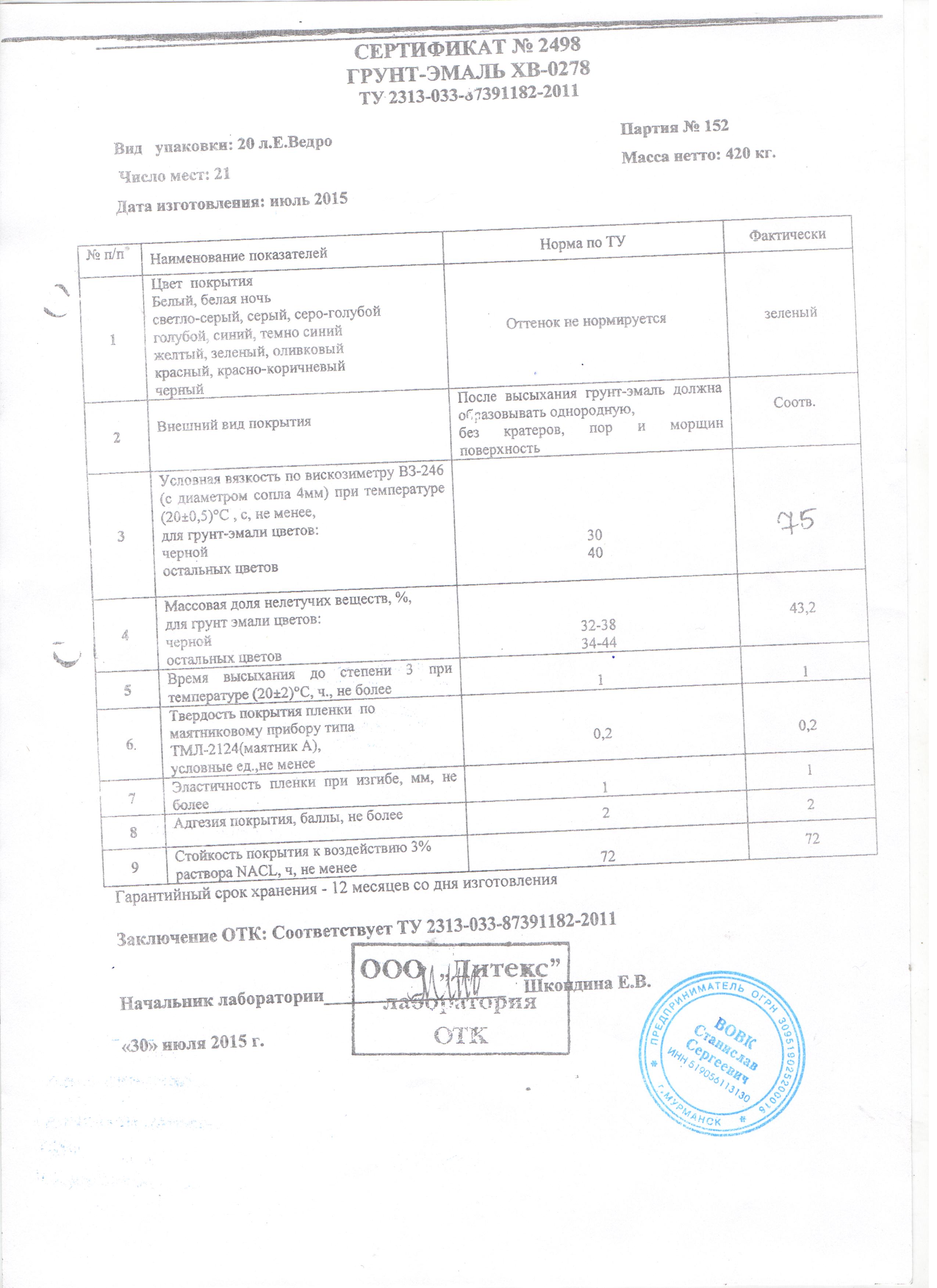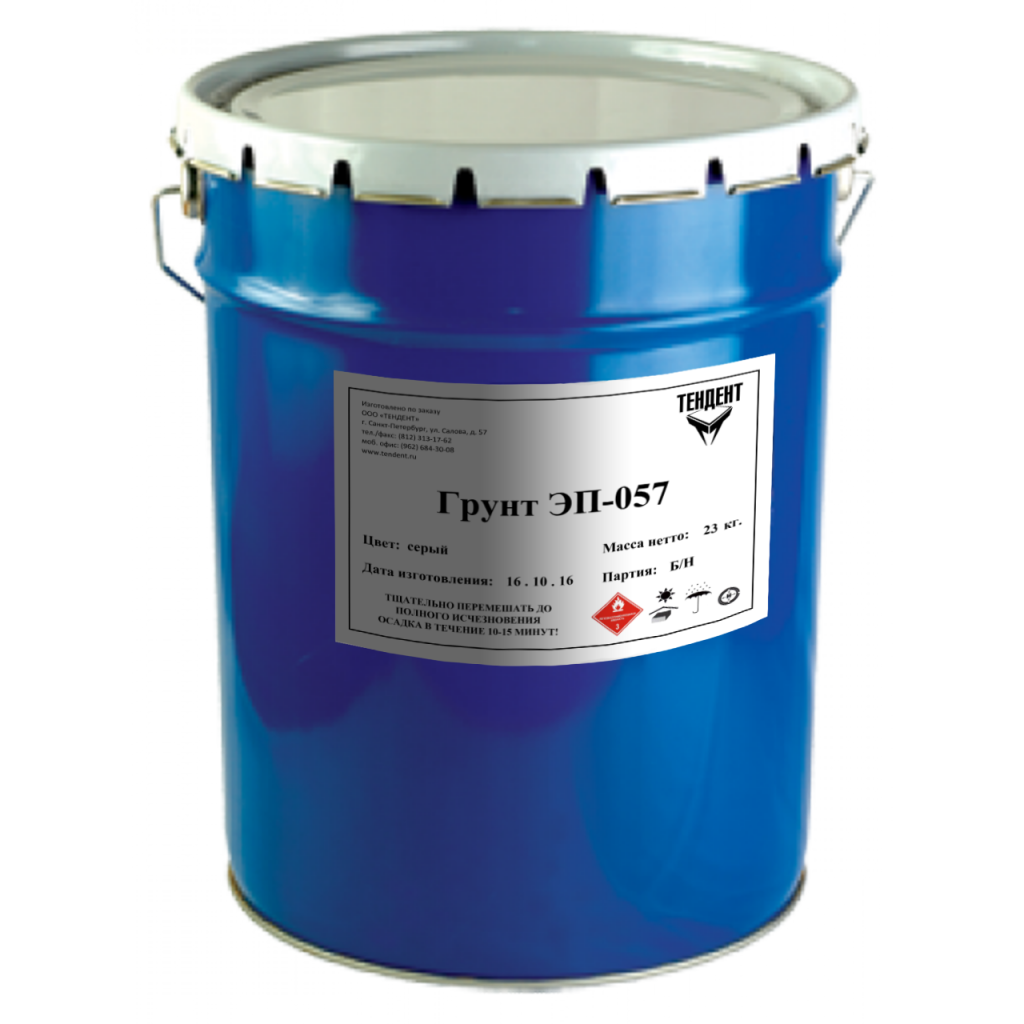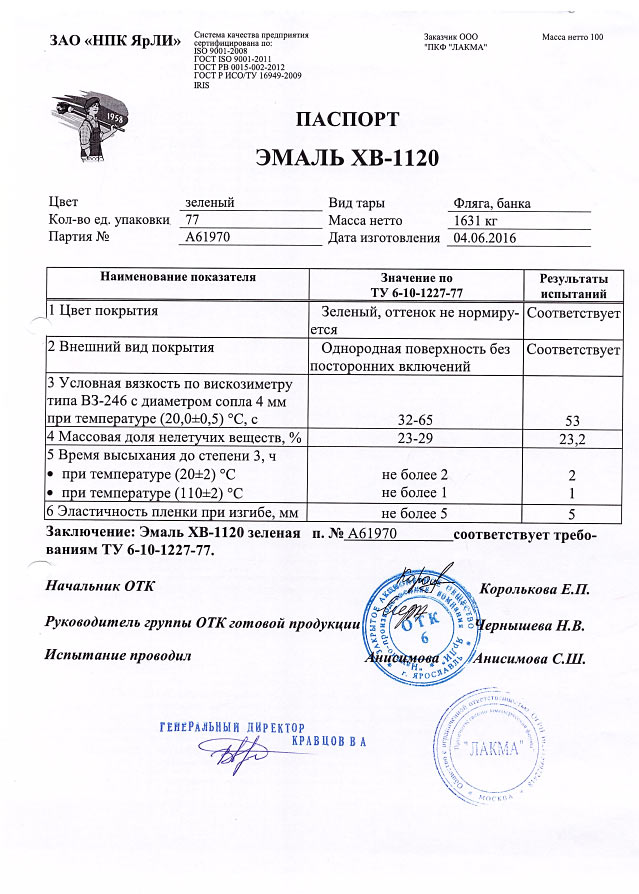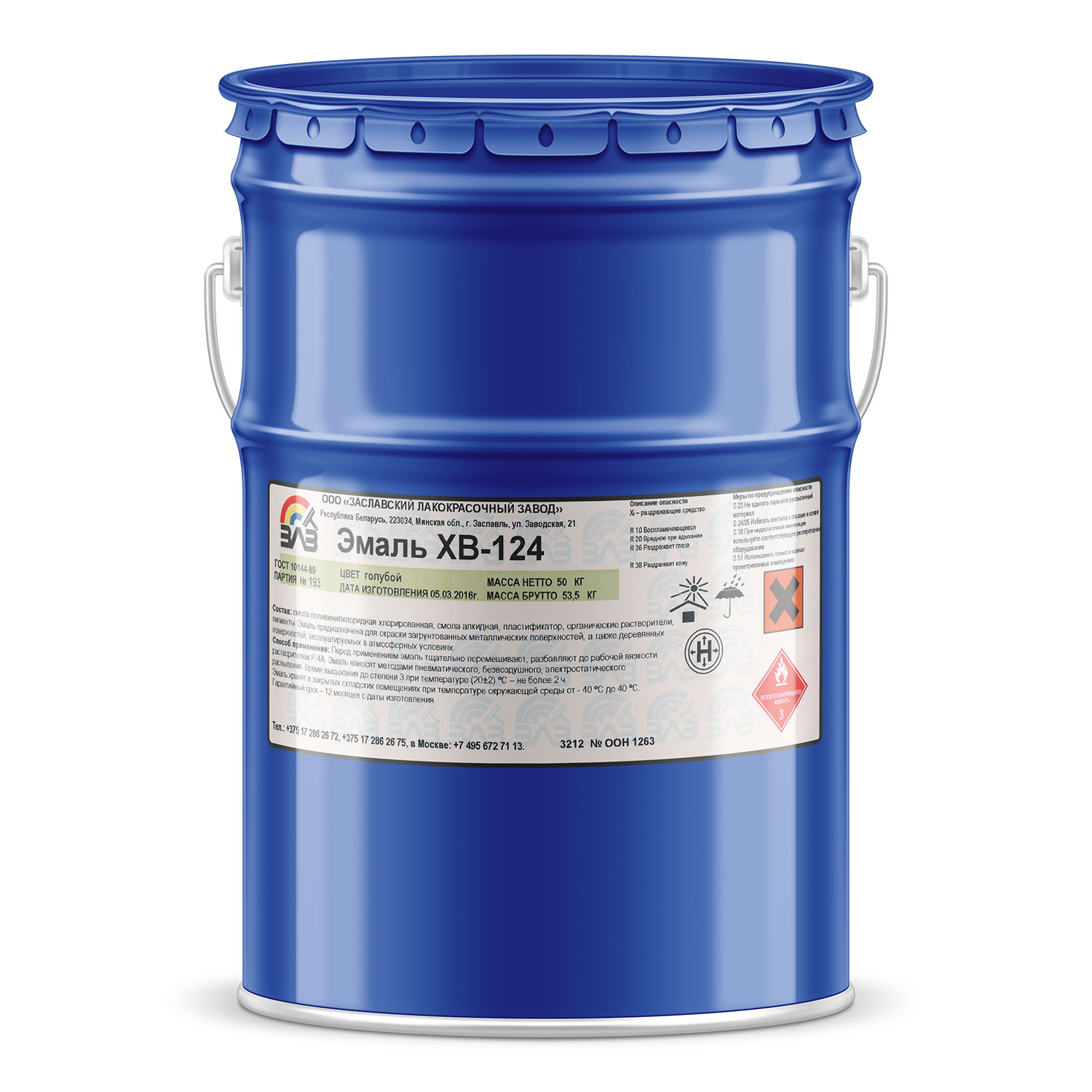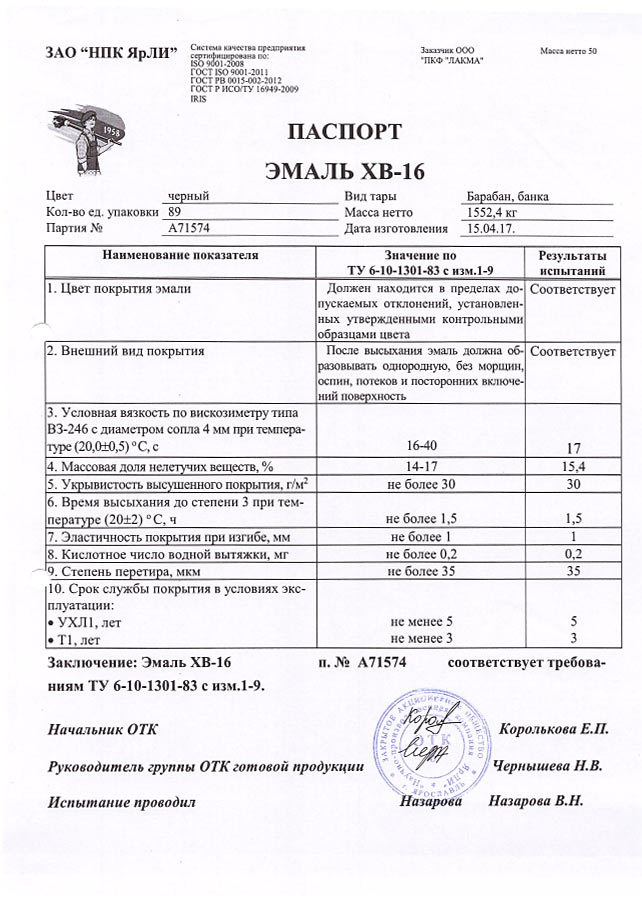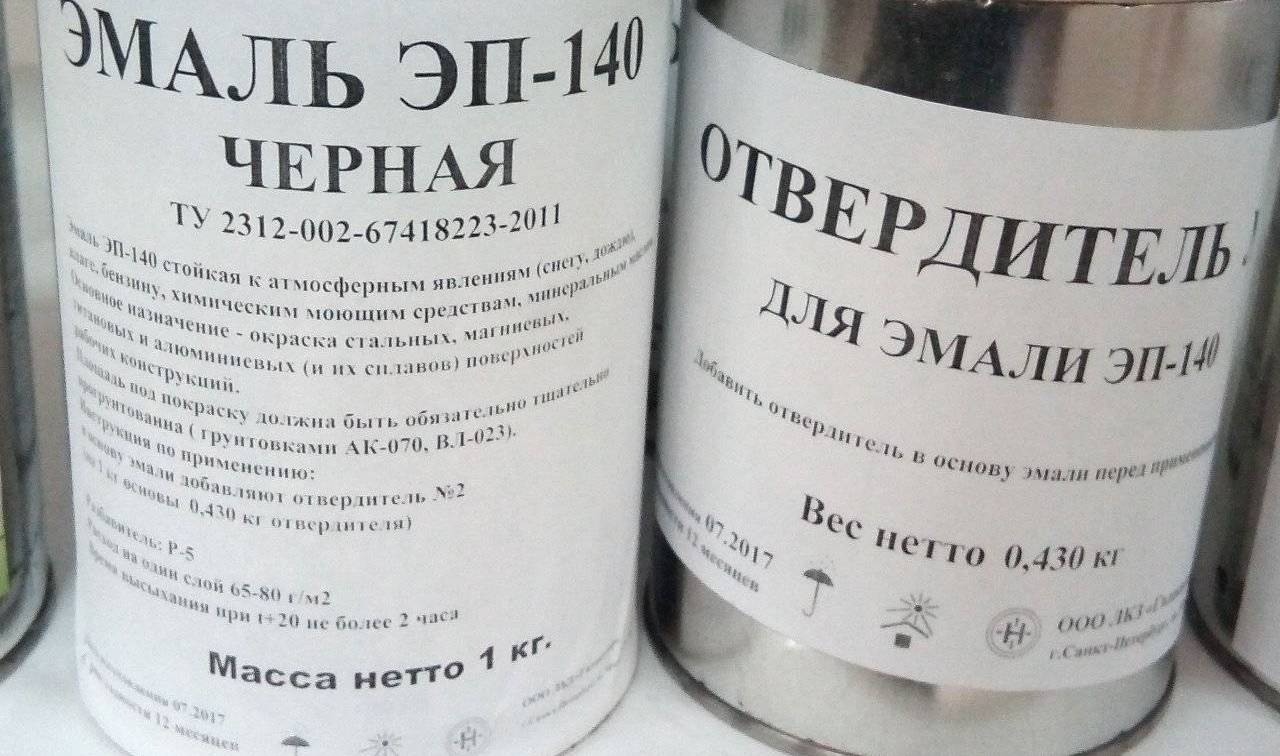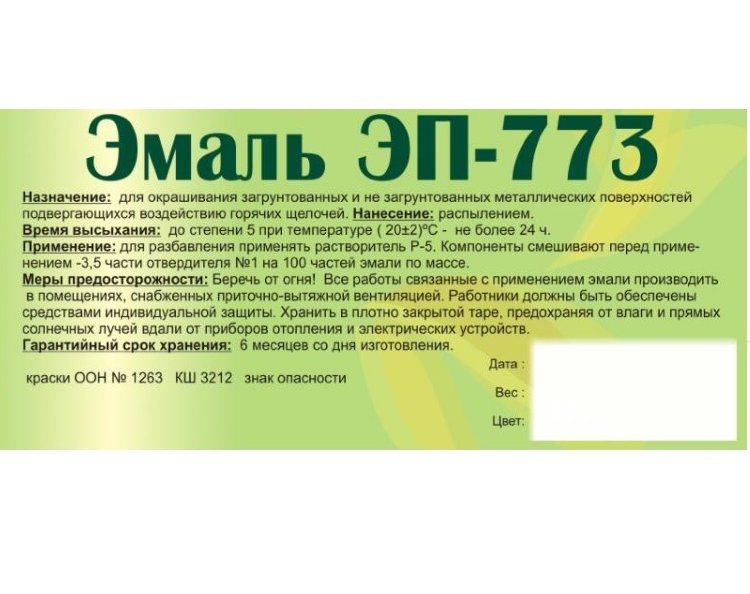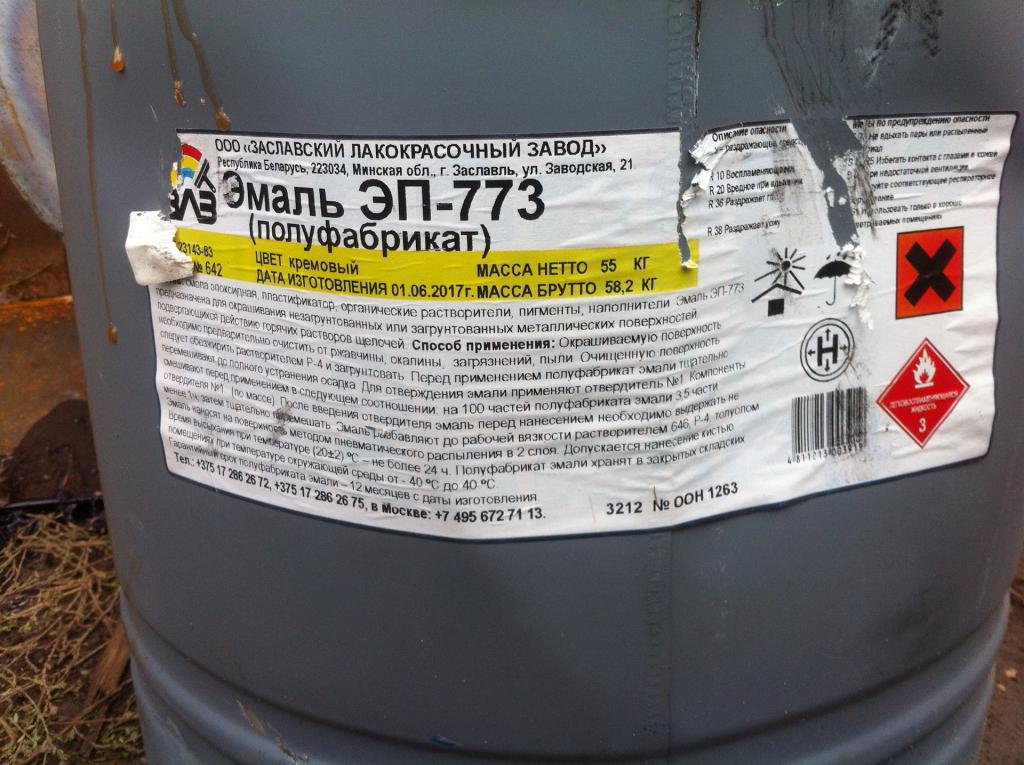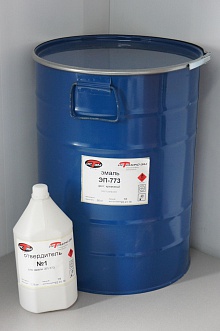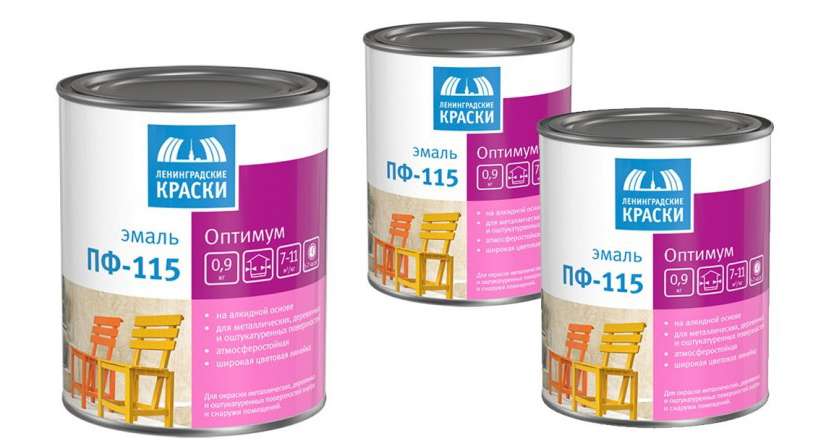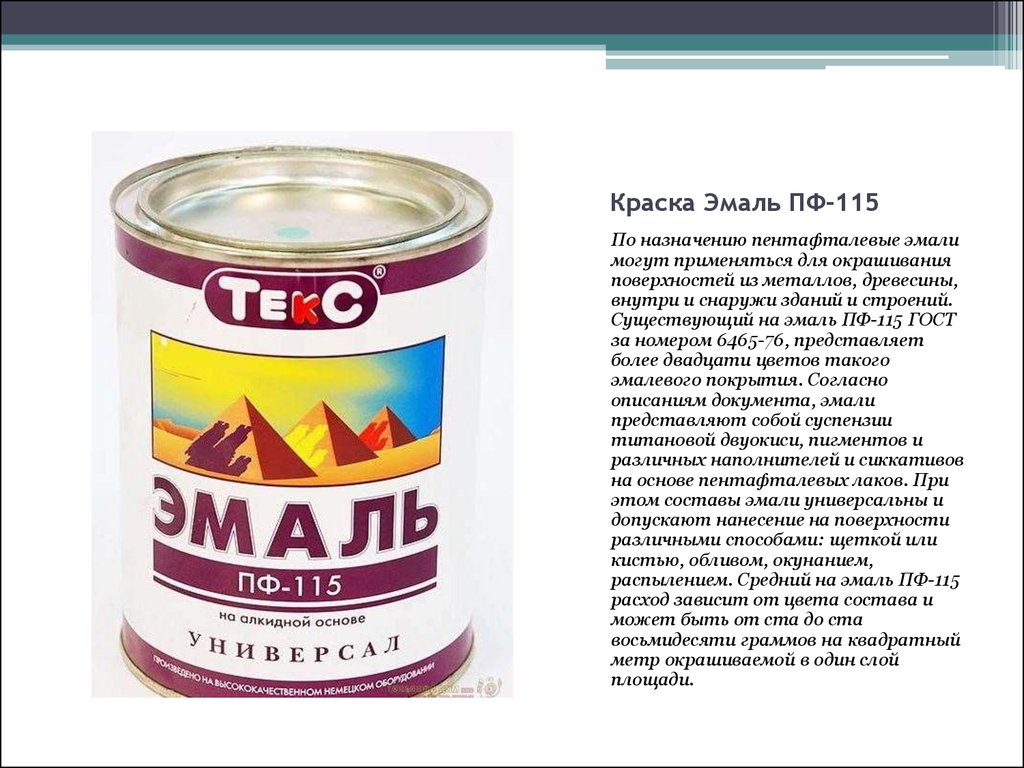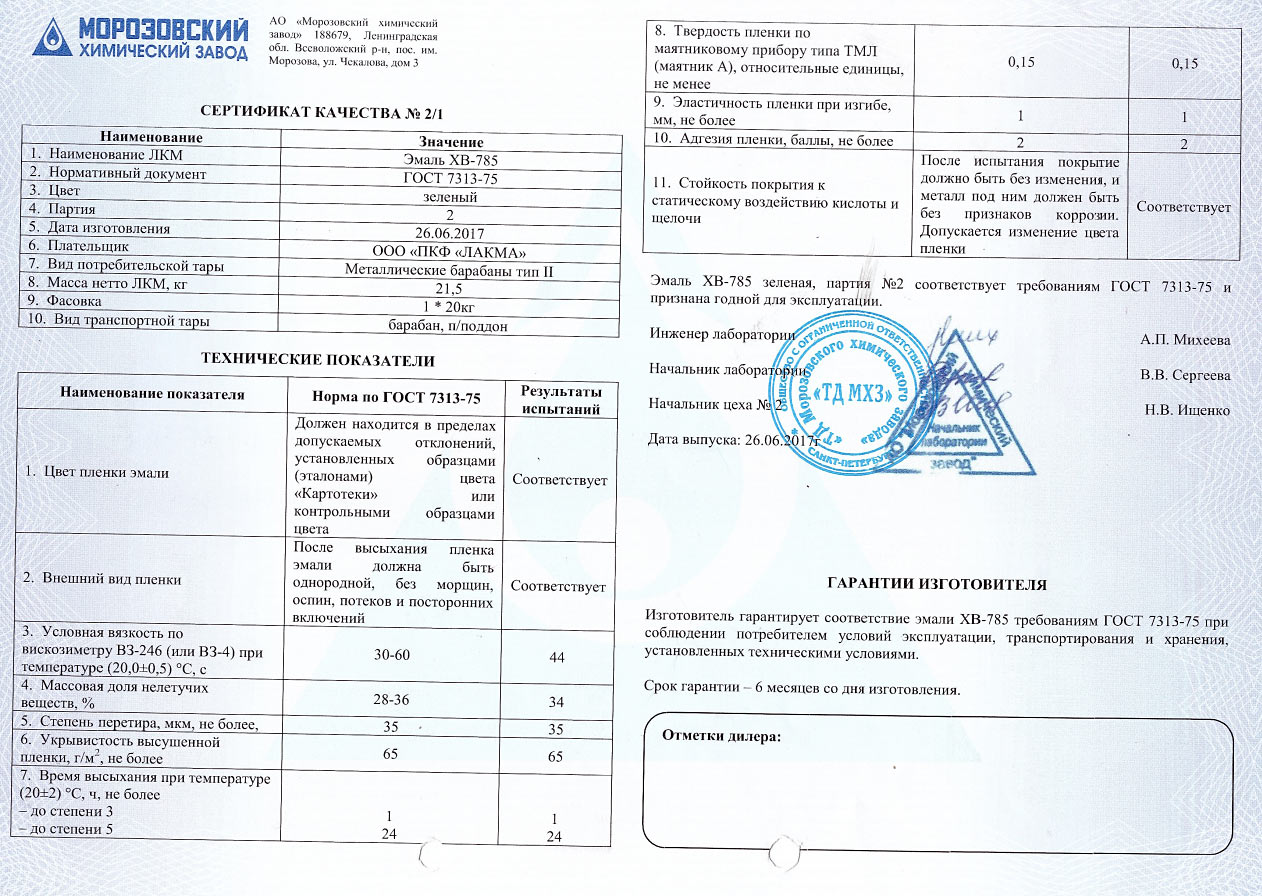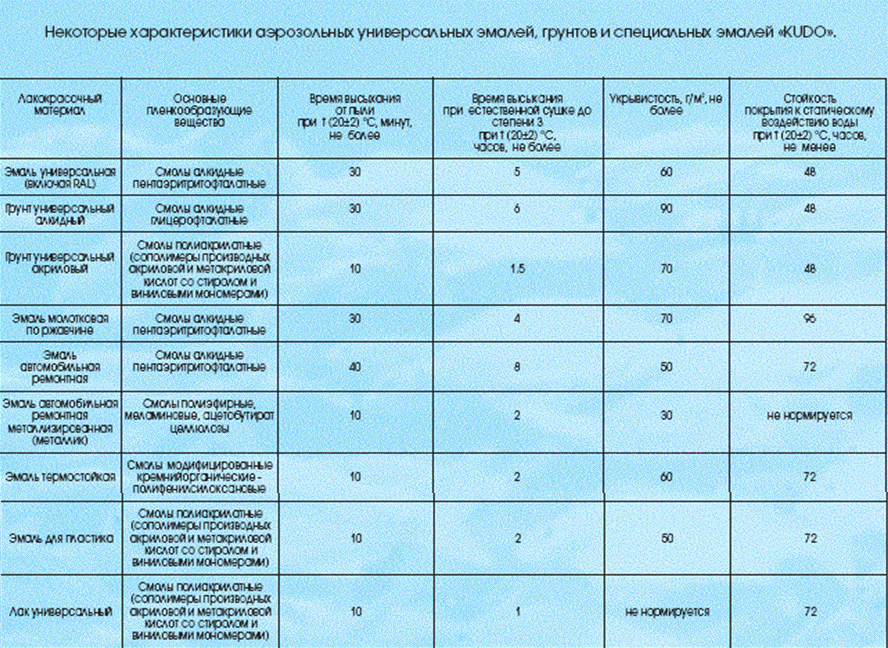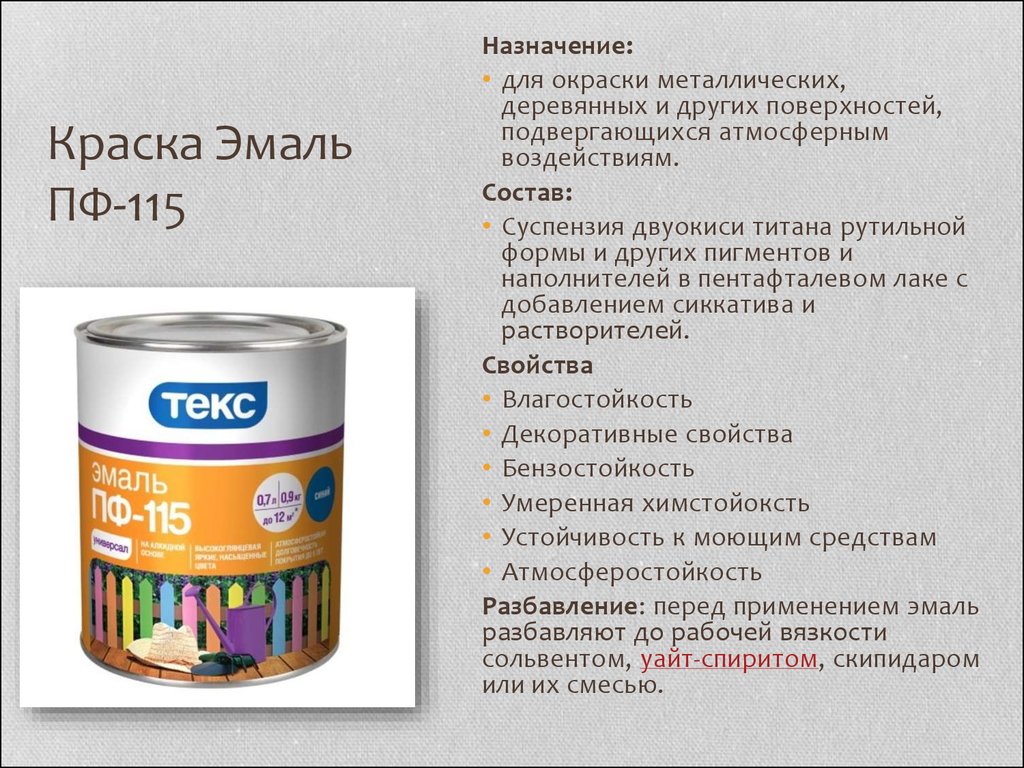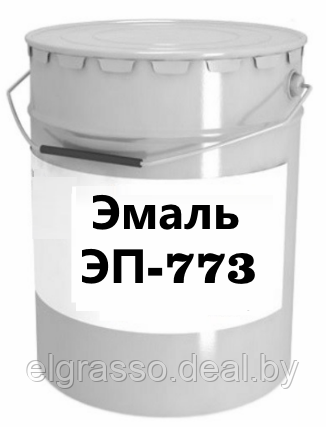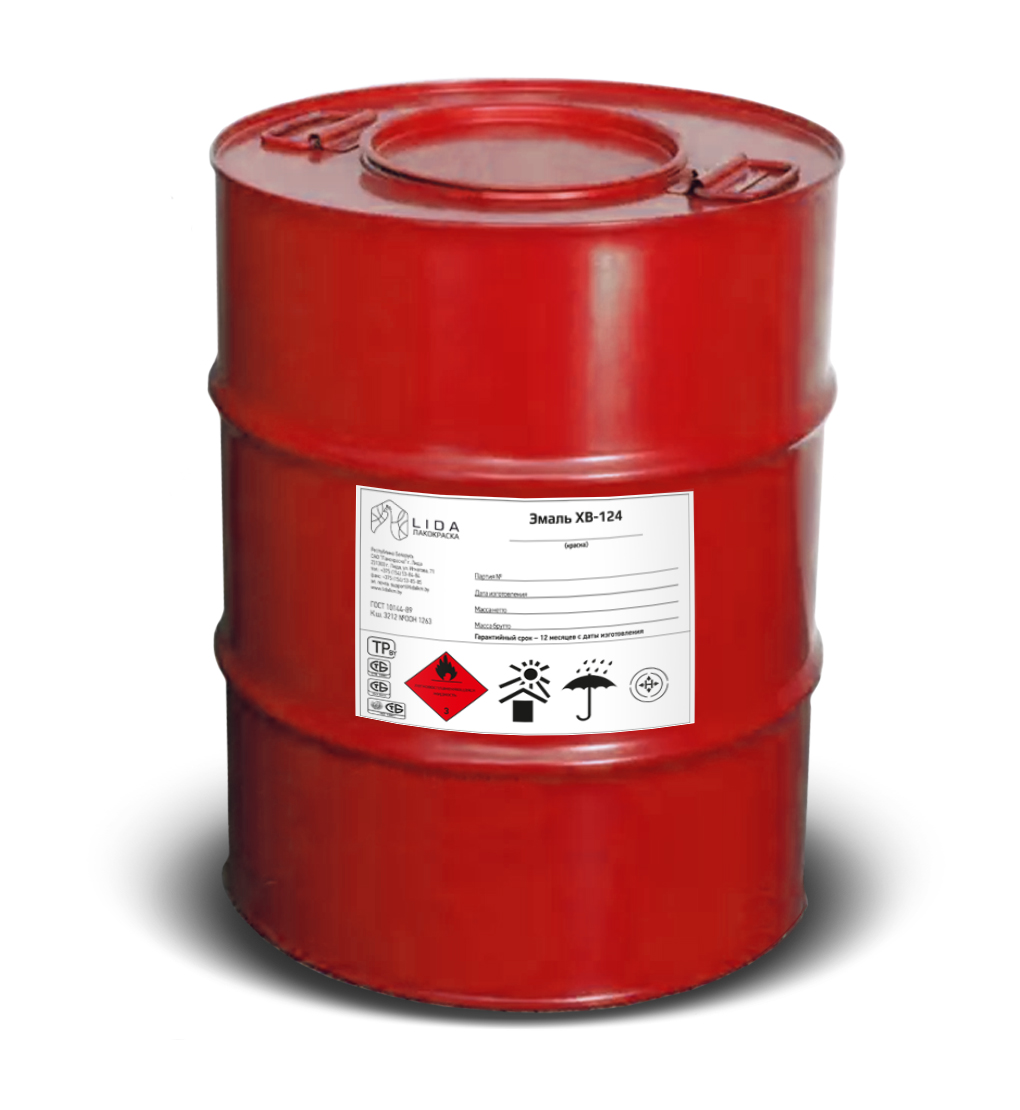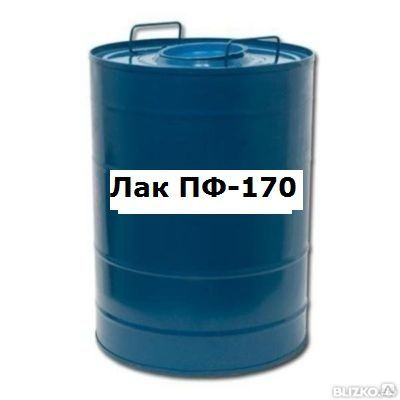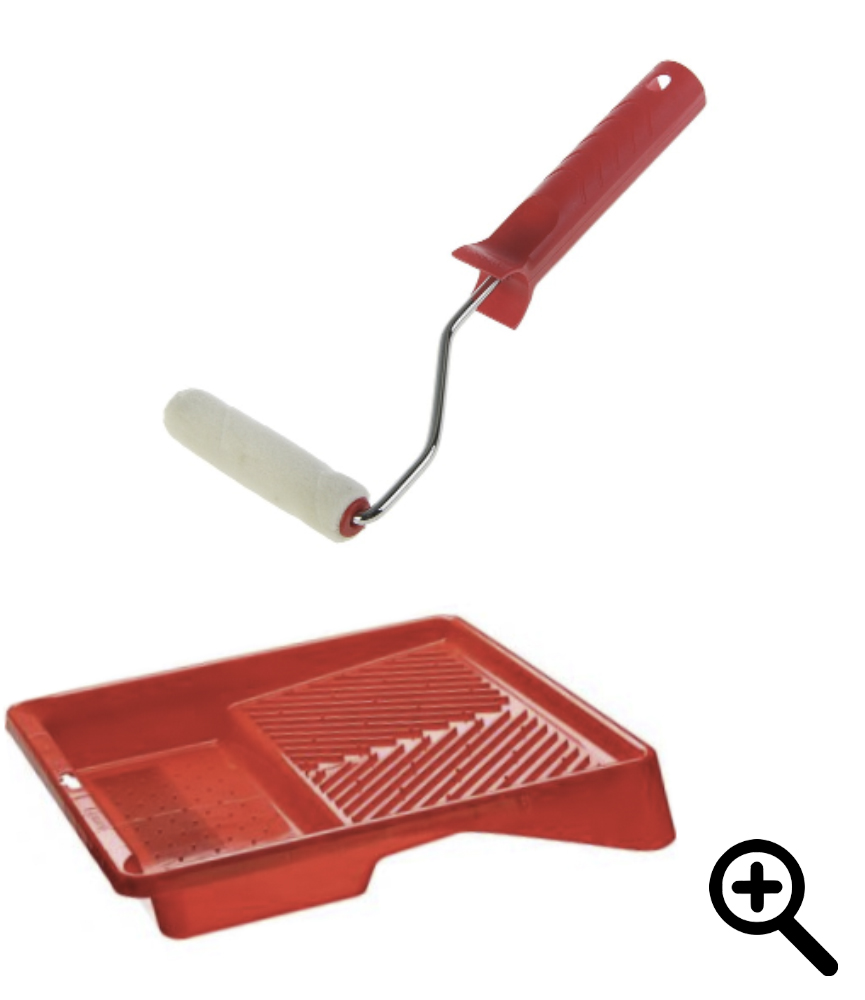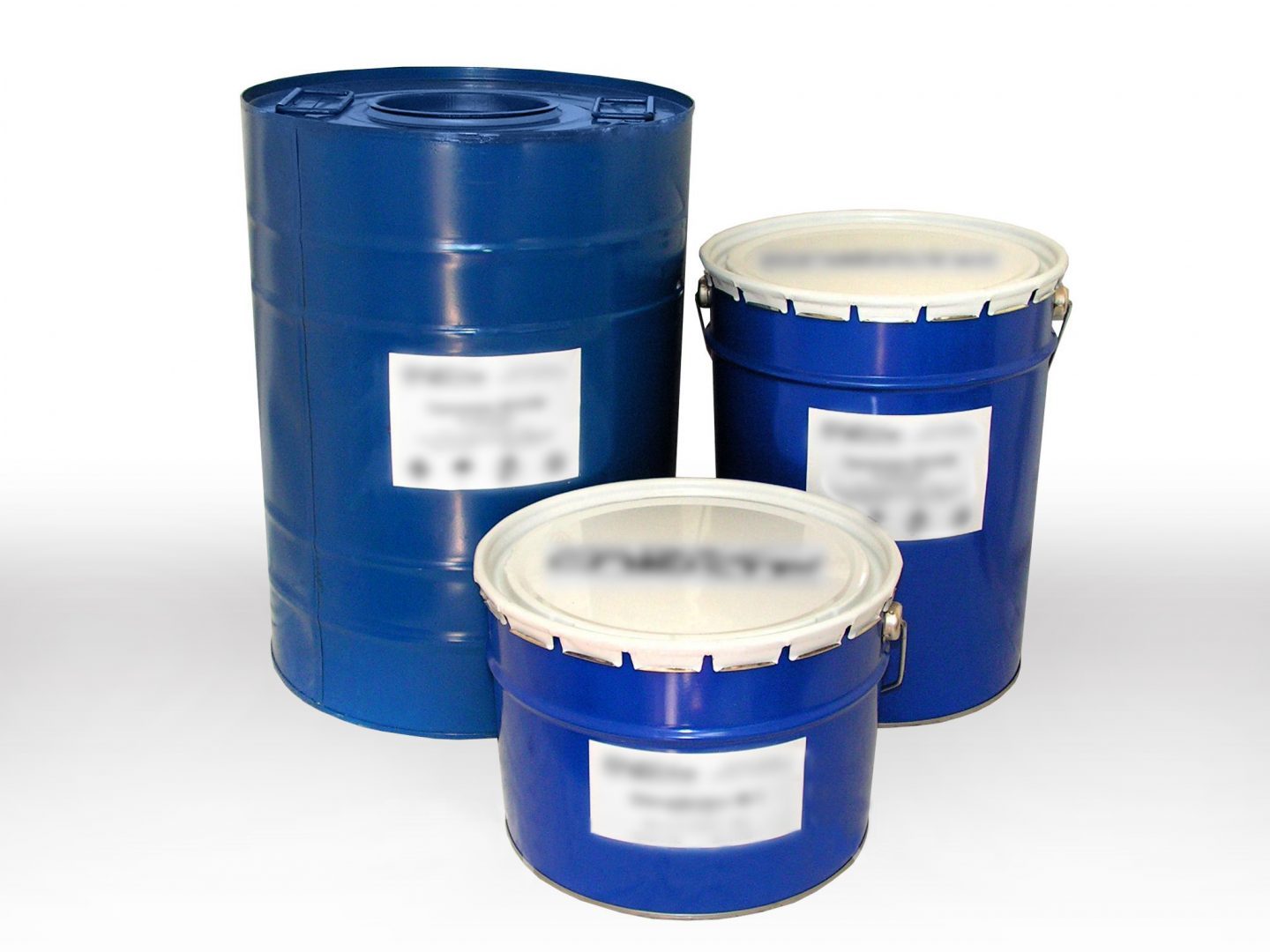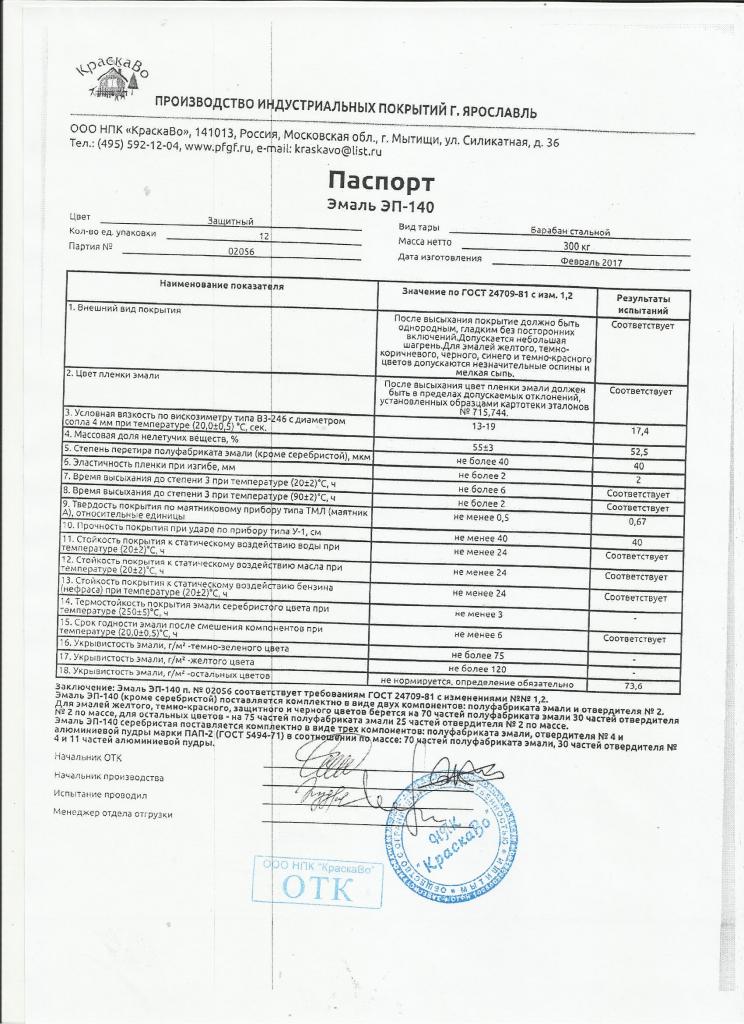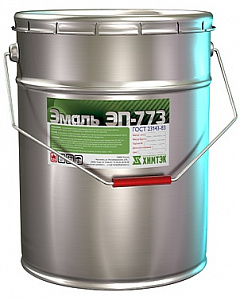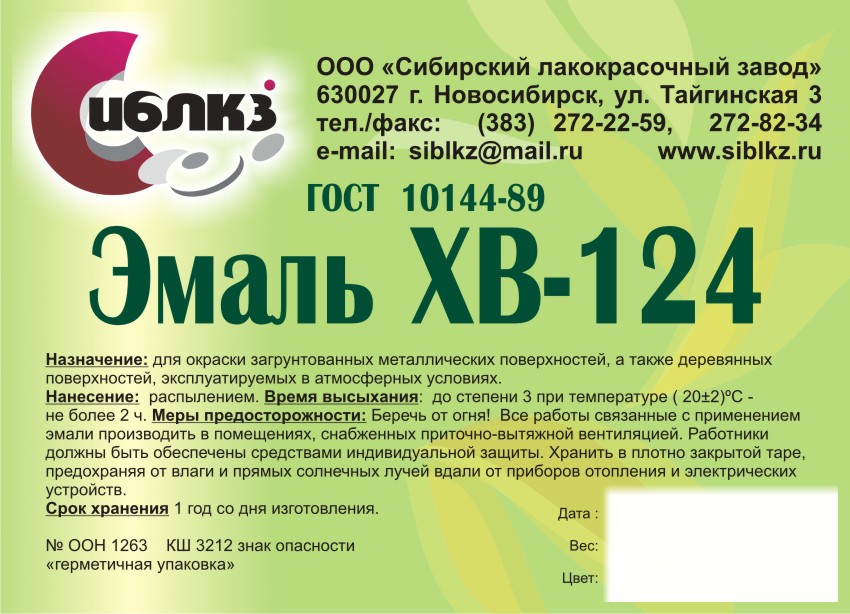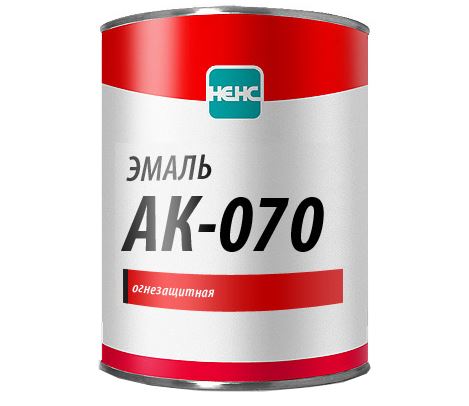How to use the product correctly?
If the products will be used under the influence of hot alkaline solutions (for example, when it comes to an iron container), it is better to use green enamel. Before applying it, you need to apply a high-quality EP-0010, 0020 putty.
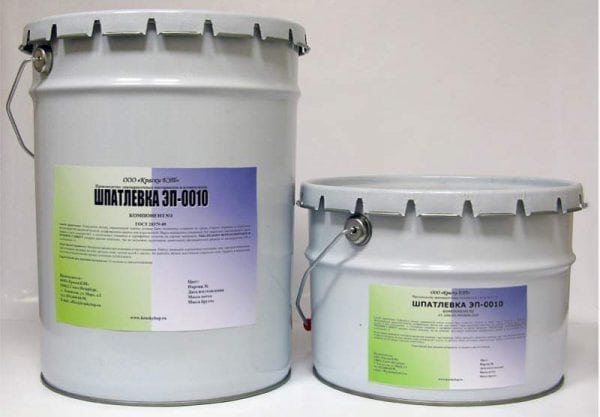
Preparatory stage
Immediately before applying the product, make sure that its structure is homogeneous and no solvent is required. If necessary, the paint must be thoroughly kneaded again and mixed with the supplied hardener. The instructions for the paint always indicate how much base material and hardener should be taken. It is impossible to change the proportions, this will negatively affect the properties of EP-773 enamel.
After the introduction of the hardener, it is necessary to mix the composition for 10 minutes. If the thickness is excessive, the paint must be thinned with a solvent, then used after 30–40 minutes. Further work is carried out on already pre-primed and dried surfaces. In the case of using a metal product in a moderately aggressive environment, it is permissible to apply paint on a clean surface - without priming.
It is worth pointing out the need to clean the surface before painting. For good adhesion between metal and enamel, you need to remove rust stains, dirt, dust, traces of oil. Since EP-773 enamel does not include rust converters, it is necessary to take care of the absence of the latter in advance. For cleaning, it is permissible to use sandblasting.
Staining technique
For painting, it is recommended to use pneumatic spraying, but in domestic conditions they most often use a brush or roller. This increases the consumption of funds per square meter of surface. The air temperature during work should be at least 15 degrees, humidity - not higher than 80%.
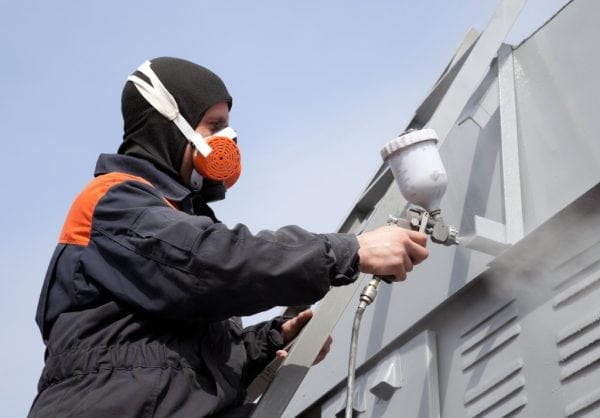
Drying can be done cold (conventional) and hot - heated up to 120 degrees. Then the drying of the first layer is possible in 2 hours. Otherwise, the second layer is applied only a day after the first. Drying at a high temperature additionally makes the enamel film more resistant to aggressive factors.
Precautionary measures
The paint is flammable and must not be stored or used near sources of fire. Coloring of products is carried out with sufficient ventilation, wearing overalls and protecting the respiratory system with a respirator. After getting the paint on the skin, wash the skin well with soap. Storage is permissible at a temperature of –30 ... + 30 ˚С without the penetration of water and sunlight.
Metal coating cleaning
This step is necessary as it helps to ensure optimal adhesion of the material to the enamel.
The following works are envisaged:
- cleaning from scale, rust, dirt and foreign small particles of debris - for these purposes, a rust converter, abrasive cloth, special brushes with wire bristles for metal, sandblasting chambers are used;
- grinding and removal of metal dust;
- degreasing oil and greasy stains with a solvent.
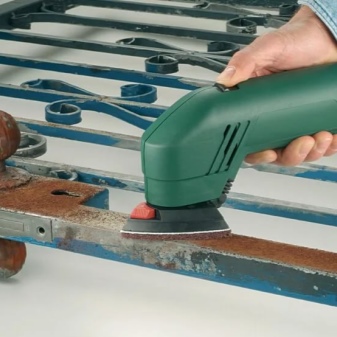

For further priming, you will need EP-0020 or EP-0010 putty compounds specially designed for epoxy paint... Two coats are enough for subsequent enamel painting. Concrete surfaces are treated with a special compound "Sibton EP-Primer".
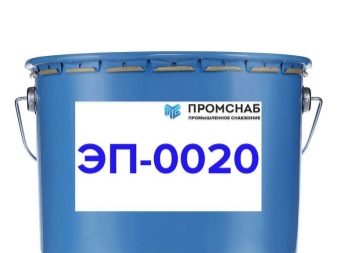
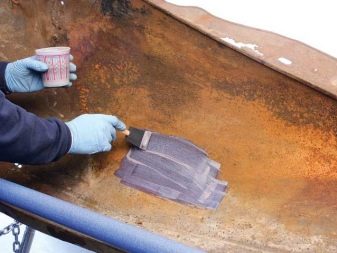
Specifications
Enamel EP-773 is produced in accordance with GOST 23143-83 at the enterprise PKF "Spectrum". According to the certificates, the product is intended for application to metal surfaces that, during use, will come into contact with alkalis and operate at elevated temperatures.
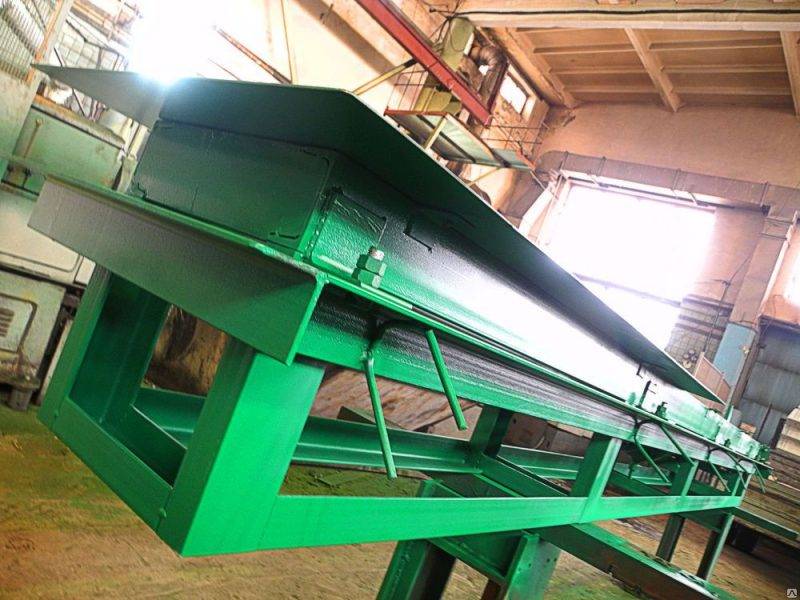
According to the state standard, such products contain epoxy resins, a number of fillers and pigments. In addition to anti-corrosion protection, which remains when exposed to hot alkaline vapors and liquids, enamel of this brand protects metal from:
- oil solutions;
- gasoline and its analogues;
- ordinary moisture.
Enamel properties
The technical characteristics of the enamel and the surface it creates are as follows:
- coating - smooth, matte or semi-matte;
- drying period - 24 hours at a temperature of 20 degrees, 2 hours at 120 degrees;
- viscosity (measured with a VZ-246 viscometer) - 25–60;
- paint consumption per layer - 60–75 grams / square meter;
- layer thickness - 20-25 microns, two layers are enough.
After pouring in the hardener, the agent retains its properties for 24 hours or more. As a solvent, it is permissible to use R-646, toluene, they can also be used to clean tools after completion of work. Before painting, the surface must be primed - for this purpose, means of the EP, AK, VL brands are used.
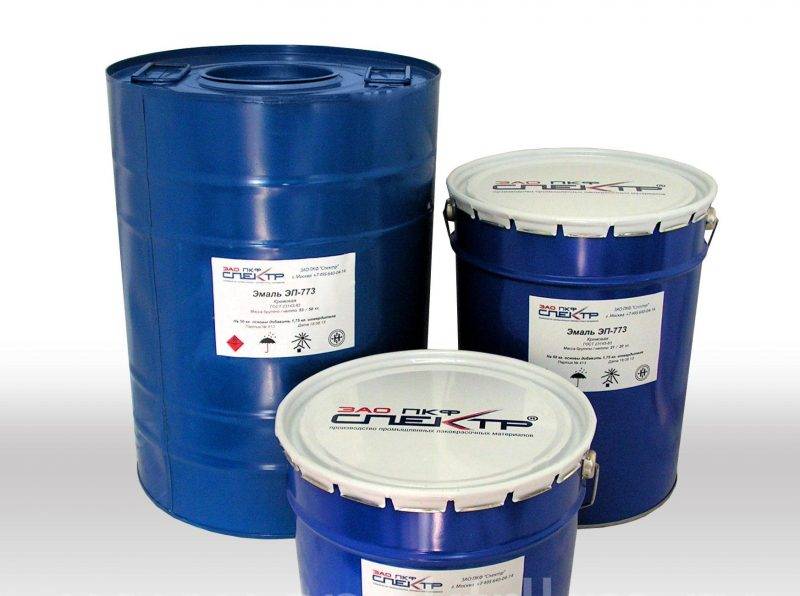
Color spectrum
The color of the enamel coating depends on the presence of an anticorrosive filler in them, therefore, its significant change impairs the properties of the enamel. It is produced in cream and green colors; upon request, the manufacturer can produce paint with a number of other shades, but not all desired ones. The resistance of the cream enamel to the action of a 40% potassium hydroxide solution will be 2 hours, while the green paint will last 8 hours under the same conditions. Therefore, when choosing a color, you should listen to the manufacturer's recommendations.
EP-773 specifications:
Name of indicators Requirements GOST
1. Color of the enamel film The shade is not standardized.
2. Appearance of the enamel film After drying, the film should be homogeneous, smooth, without foreign inclusions. Light shagreen and single pockmarks are allowed
3. The relative viscosity of the semi-finished enamel product according to the viscometer of the VZ-246 type with a nozzle diameter of 4 mm at a temperature of (20 ± 2) ° С: 25-60 sec;
4. Mass fraction of non-volatile substances in the enamel semi-finished product is 63 ± 3%;
5. The degree of grinding of the semi-finished enamel product is not more than 50 microns;
6. Covering rate in terms of dry film no more than 70 g / m2;
7. Drying time of the film to degree 5 at a temperature of (20 ± 2) ° С no more than 24 hours;
8. Drying time of the film to degree 5 at a temperature of (120 ± 2) ° С no more than 2 hours;
9. The hardness of the film according to the pendulum device of the TML type (pendulum A) is not less than 0.3 conventional units,;
10. The elasticity of the film when bending is not more than 5 mm;
11. The strength of the film on impact is not less than 50 cm;
12. Film adhesion no more than 1 point;
13. Resistance of the film to the static effect of a 40% potassium hydroxide solution at a temperature of (100 ± 2) ° С for at least 8 hours;
14. The shelf life of the enamel after mixing the components at a temperature of (20 ± 2) ° С is not less than 24 hours.
The surface covered with EP-773 enamel dries in 2 hours at a temperature of 120 ° C.
The pot life after mixing the components at a temperature of 20 ± 2 ° C will be 24 hours.
EP-773 instructions and application technique:
Before painting with enamel, it is necessary to thoroughly clean the surface from the remnants of previous coatings, dirt, dust.
Before use, hardener No. 1 in the amount of 3.5% or DEET in the amount of 1.2% of the enamel mass is added to the epoxy enamel.
The optimal conditions are considered to apply enamel: air temperature from 10 ° C to 30 ° C, relative humidity not more than 80%.
EP-773 paint is used to paint the surface previously primed with EP-0263S, EP-0199, EP-076 primers. Application methods - pneumatic, brush, roller. Consumption of EP-773 enamel per layer - 80 ÷ 120 g / m², depending on the color and method of application.Recommended number of layers - 2. The thickness of one layer is 20 ÷ 25 microns.
Sometimes the anticorrosive enamel EP 773 is applied over the filler EP 0010. Before applying the EP-0010 and EP-0020 primer-fillers, the metal should be cleaned by abrasive blasting to the degree Sa2⅟₂ according to MS ISO 8501.
Properties
The paint effectively protects metal substrates from the thermal effect of alkali vapors of any concentration, atmospheric phenomena, temperature changes, and rapid wear due to mechanical stress.
Enamel has the following important parameters:
- creates a matte and semi-matte finish;
- has a working viscosity of 25-60, which allows it to be applied both manually and by spraying;
- optimal density is achieved with only two layers with a thickness of no more than 25 microns;
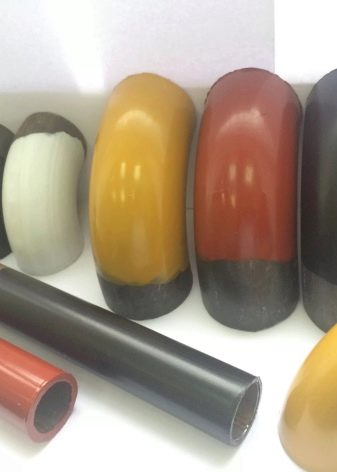
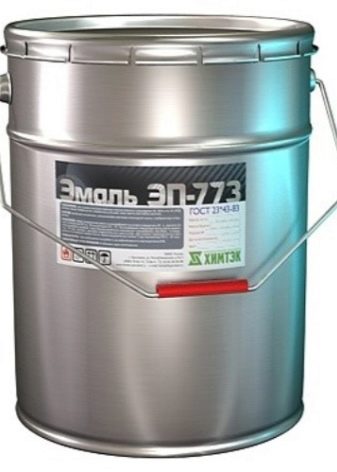
- the material has maximum adhesion to metal and is mainly applied to a primer, but can be applied without it;
- finishing drying takes place in a day, but at a high artificially created temperature, the final drying takes only 2 hours;
- the resulting layer has high elasticity, with a bend of 5 mm;
- for one applied layer, the consumption per square meter of area is quite economical and does not exceed 75 grams of the coloring composition.

The paint and varnish product is produced in two basic colors - green and cream, but you can choose any shade of dye to order. True, it should be borne in mind that when exposed to the same potassium alkali, cream tones are less stable and constitute a time period that is four times less than that of enamels of green tones.
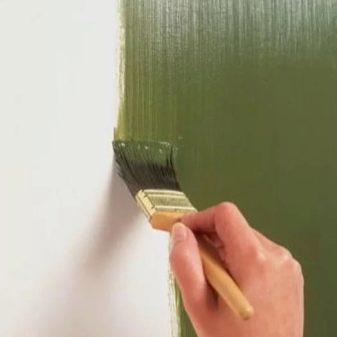

РРјР ° Р »СЊ РҐРЎ-1169
Price: from 130 rubles.
Enamel XC-1169 one-packing material. Enamel XC-1169 is used for decorative finishing and protection of metal, wood, brick, concrete surfaces both inside and outside the premises. Enamel XC-1169 is used as an independent coating and on primed surfaces (primers XC), also in an anti-corrosion complex and in a cold galvanizing system. It is used for railway, road, river and sea transport, as well as for gas and oil pipelines, in mechanical engineering.
РџРѕРґСЂРѕР ± нее Quick order Add to cart
All category products
The company Spetsamal supplies fire-retardant and paint-and-varnish materials for special purposes: chemical-resistant, aviation, heat-resistant, fire protection, etc.
Preparation of the solution
If the work is carried out indoors, the container with the paint is kept at room temperature for about a day.
To prepare the dye mixture, the sequence of preparation, the observance of proportions and thorough mixing are important:
- first, you should make sure that the one-component suspension is homogeneous in structure and volume, it should be thoroughly mixed in order to completely eliminate the precipitation of sedimentary particles;
- then the hardener No. 1 "DETA" is introduced into the solution, taking into account the proportions indicated in the instructions;
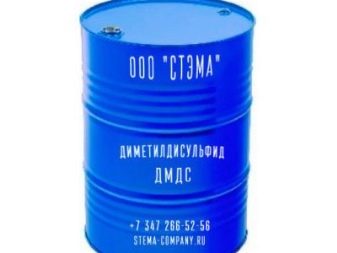
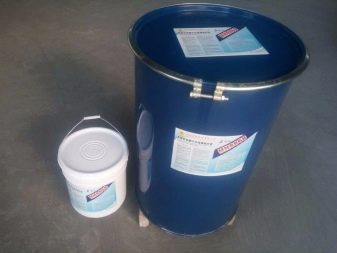
- it is necessary to stir the mixture for 10 minutes until it is completely homogeneous, then stand for another 40 minutes and stir again to increase the spreadability and improve the appearance of the coating;
- after measuring the viscosity for the spray gun (with a nozzle size of 4 mm, it should be no more than 16 s), if necessary, you can dilute the composition with solvent "R-4", 646 or toluene;
- mixing is performed using a paintwork auger, a drill or a construction mixer.
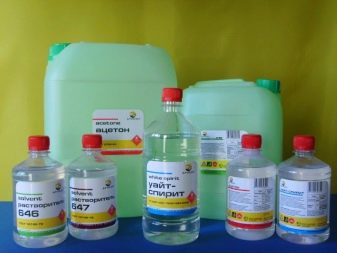

If the solution is not sufficiently homogeneous, and this sometimes happens due to stirring in the packing drum, the painted coating may not dry well in some places. Fixing this problem is much more difficult than preventing it. In addition, this results in an uneven distribution of the hardener, which leads to a strong, premature thickening. This is why a special open tray is required for stirring.

Staining rules
In everyday life, painting with a brush and a roller is more often used, but for large volumes of work, it is wiser to use pneumatic devices. Painting is carried out at temperatures from +15 to +35 degrees and moderate humidity up to 80%. In some cases, staining in frost down to -10 degrees is allowed, but mixing is carried out at room temperature. But this is undesirable, as it increases the drying time up to a week.
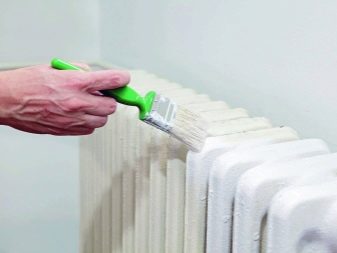

Each subsequent application should take place at intervals of a day, since it is during this time that the coating dries completely.By the way, metal can be dried both naturally and hot using infrared heaters and other devices. Heating should be about +120 degrees.
You should not be upset when, after the final drying, a sticky film is found on the treated metal - this is not a defect at all, but it appears due to the presence of plasticizers. It is enough to wash off the greasy layer with soapy water, and this side effect will be eliminated.
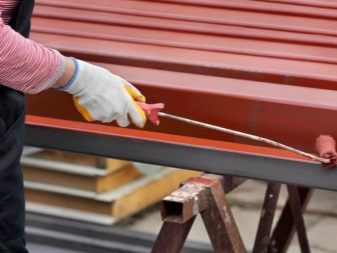
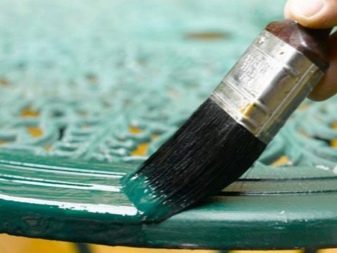
When working with paints and varnishes, one must not forget about personal safety measures. It is necessary to carry out the work process in protective clothing, gloves, a gas mask or respirator and having the tools necessary for firefighting nearby.
For those who decide to use this composition, we can recommend buying only high-quality products from a trusted manufacturer, for example, from the PFC Spectr enterprise, which guarantees excellent product characteristics that can ensure the long-term use of various types of metal structures.
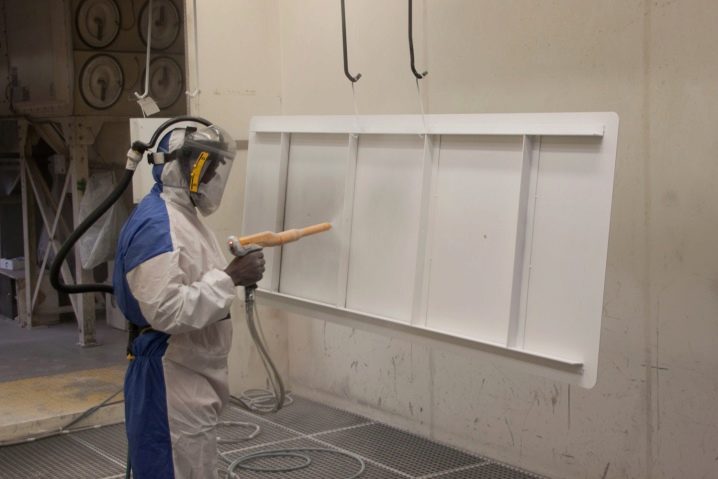
How to restore an old bathtub using EP-773 epoxy enamel, see below.
shsh
BASIC CONSUMER PROPERTIES, PURPOSE AND METHOD OF APPLICATION, PRECAUTIONS FOR HANDLING OLIFA, RULES AND CONDITIONS OF SAFE STORAGE, TRANSPORTATION, USE AND DISPOSAL OF OLIFA
Oksol varnish is intended for dilution of thick oil paints, for impregnation (drying) of wooden surfaces, plaster before painting them with oil paints.
Oksol varnish of PV brand and paints prepared with its use - for indoor work (except for floor painting).
Oksol varnish is applied with a brush on a clean dry surface... Drying of each layer at a temperature of (20 + 2) ° С - 24 hours.
Drying oil should be carried, transported and stored in a tightly closed container. The room where the painting is carried out must be ventilated.
It is not allowed to leave rags, rags soaked in drying oil in the room.
Packaged drying oil is stored in a closed room at an ambient temperature of minus 40 ° C to plus 40 ° C away from heating and heating devices.
After using drying oil for its intended purpose, bottles (cans) from under drying oil, with product residues, should be tightly closed and sent to a household landfill. Before being disposed of in a household landfill, the container must be tightly closed with closures.
For interior work
Apply with a brush
(20 ± 2) "C-24h
Delete in a safe way
Drying time
|
G7 |
at |
|
|
_\ |
Provide adequate ventilation
PROTECT THE ENVIRONMENT FROM POLLUTION!
Figure B.2 - Insert sheet
I


UN No. 1263
MATERIAL PAINT
(Solvent 647), ksh-3212 GOST 18188-72 Number of packages 12 Net weight of one package 0.45 kg Guaranteed shelf life
Russia
JSC "Yaroslavl LKZ" Victory of workers "Batch No. 74 Date of manufacture 05.00 12 months from the date of manufacture
II
OJSC "Permsnabsbyt" st.Osentsy Sverdlovsk railway d.
JSC "Yaroslavl LKZ" Victory of workers "st.Yaroslavl Northern railway
I - combined marking (transport marking and product marking); II - transport marking (main and additional inscriptions)
Figure D. 1
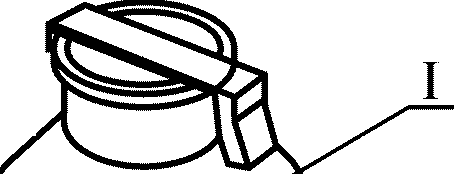

I

UN No. 1139
SOLUTION FOR COATING (Primer V-ML-0143, black), ksh-3313 GOST 24595-81
Gross weight 45 kg Net weight 37 kg Lot No. 217
Warranty period of storage
Russia
JSC "Lakokraska" 150044, Yaroslavl, Polushkina Roshcha, 16
Date of manufacture 07.00 - 6 months from the date of manufacture
II
JSC "Gorky Automobile Plant" st. Nizhny Novgorod, Gorky Railway
JSC "Lakokraska" st. Volga region of the Northern Railway
transport markings (handling signs, hazard signs) and product markings; II - transport marking (main and additional inscriptions)
Application of marking on a transport package formed from boxes
1 I 2

II
III
Russia
JSC "Yaroslavsky L KZ" Victory of workers "Solvent 646 GOST 18188-72
Net weight of one package 450 g Batch No. 72 Number of packages 20 Date of manufacture 08.00 Guaranteed shelf life - 1 year from the date of manufacture
^(2)
OJSC "Permsnabsbyt" st.Osentsy Sverdlovsk railway d.
Gross 480 kg station Yaroslavl
Net 324 kg of Northern Railway
I, W - transport marking applied to the package; II - marking characterizing the product and applied to
box; 1 - box; 2 - tape; 3 - pallet
Application of marking on a transport bag formed from drums
1

TEST METHODS
4.1. Sampling - in accordance with GOST 9980.2. (Modified edition, Amendment N 1).
4.2. Test preparation
4.2.1. The relative viscosity, mass fraction of non-volatile substances and the degree of grinding are determined in an undiluted, thoroughly mixed enamel semi-finished product. 1 hour after preparation, the enamel is stirred, filtered through a mesh 02 in accordance with GOST 6613 and applied with a paint sprayer to the plates and rods (Changed edition, Amendment No. 1).
4.2.2. Preparation of plates and rods for applying enamel and obtaining a coating - in accordance with GOST 8832, section 3-4.
4.2.3. Color, appearance, drying time, elasticity of the film during bending are determined on plates of black tin with a thickness of 0.25-0.32 mm in accordance with GOST 13345 with dimensions of 20x150 mm (to determine the elasticity of the film during bending) and 70x150 mm (to determine other indicators) . (Modified edition, Amendment N 1).
4.2.4. The hardness and hiding power of the film is determined on special-purpose glass plates with a size of 90x120 mm and a thickness of 1.2 mm according to TU 21-0284461-058 (Revised edition, Amendment No. 2).
4.2.5. The impact strength and adhesion of the film is determined on plates made of steel grades 08kp or 08ps with a size of 70x150 mm and a thickness of 0.8-1.0 mm in accordance with GOST 16523 * ._________________ * GOST 16523-97 is valid. - Note from the manufacturer of the database.
4.2.6. The resistance of the film to the static effect of a solution of potassium hydroxide is determined on rods made of hot-rolled round steel in accordance with GOST 2590 or steel round rods 100 mm long, 13-15 mm in diameter in accordance with GOST 7417. It is allowed to use black sheet plates with a size of 70x150 mm and a thickness of 0.25- 0.32 mm in accordance with GOST 13345. (Changed edition, Amendment N 1).
4.2.7. To determine the color, appearance and hiding power, a single-layer enamel coating is applied until the painted surface is completely covered. The film of a single-layer coating is dried at a temperature of (20 ± 2) ° С for 1 hour, then at a temperature of (120 ± 2) ° С for 2 hours To determine the time and degree of drying, the enamel is applied in one layer and dried in accordance with paragraph .7 Table 1.
To determine the remaining indicators, the enamel is applied in two layers and the coating is dried according to the following regime: 1st layer - at a temperature of (20 ± 2) ° С for 1 hour at a temperature of (120 ± 2) ° С for 0.5 h; 2nd layer - at a temperature of (20 ± 2) ° C for 1 hour and at a temperature of (120 ± 2) ° C for 2 hours Hot drying of the coating is carried out in a drying oven with a heating temperature that provides the conditions for analysis. single-layer enamel film should be 20-25 microns, two-layer - 40-50 microns. Before testing, the samples are cooled to room temperature and kept at this temperature for 0.5 hours (Modified edition, Rev. N 1, 2).
4.3. Testing
4.3.1. The color and appearance of the enamel film is determined under artificial or natural daylight scattered light by visual comparison with control color samples. The compared samples should be in the same plane at a distance of 300-500 mm from the observer's eyes at an angle of view that excludes the surface gloss. and the appearance is taken as the definition in natural daylight. (Modified edition, Amendment N 2).
4.3.2. (Deleted, Rev. N 1).
4.3.3. The mass fraction of non-volatile substances is determined according to GOST 17537, Section 1. A sample weighing (2.0 ± 0.2) g is kept in an oven at a temperature of (120 ± 2) ° С for 1.5 hours (Modified edition, Rev. N 2).
4.3.4. The resistance of the film to the static effect of a 40% potassium hydroxide solution is determined in accordance with GOST 9.403, Section 2. Rods with a dried coating are immersed in a potassium hydroxide solution heated to (100 ± 2) ° C and kept in accordance with the requirements of subparagraph 12 of Table 1. After the specified time has elapsed, the rods are removed from the solution, washed with water, dried with filter paper and a visual inspection is carried out. A slight lightening of the film is allowed (Modified edition, Amendment No. 1).
4.3.5. Determination of the shelf life of the enamel after mixing the components In 100 g of semi-finished enamel, add hardener N 1 or DEET (diethylenetriamine) in the amount specified in clause 1.4 and mix thoroughly until a homogeneous mass is obtained.Then the enamel is diluted according to clause 1.5 and left in a vessel with a tightly closed lid for 24 hours at a temperature of (20 ± 2) ° C. After the specified time has elapsed, the enamel is thoroughly mixed and the viscosity is checked, while the viscosity of the enamel should not increase by more than 5 s. (Modified edition, Rev. N 1, 2).
Enamels EP-773
- On request, call +7 (351) 214-80-40
Chemically resistant enamel EP-773 is designed to provide effective anti-corrosion protection of metal and metal products in an aggressive alkaline environment, as well as at high temperatures. The enamel protects the metal from the effects of mineral oils and gasoline, ordinary moisture.
EP-773 enamel is used in various industries for painting pipelines and other equipment, devices, units and technology. In everyday life, such enamel can be used to process plumbing equipment, external and internal pipes, various designs and equipment.
EP-773 enamels are supplied as a set: semi-finished enamel product of the corresponding color and hardener.
For diluting the enamel and cleaning the instrument, it is recommended to use solvent grade 646.
Difficult with the choice?
We have been producing EP-773 enamels in accordance with GOST 23143-83 in Chelyabinsk since 1994 and we know everything about them. Before purchasing, our technologists will answer any question about the features of application or storage, as well as offer related materials - write or call, we will be happy to help. You will buy exactly what you need.
EP-773 enamels are a suspension of pigments and fillers in a solution of E-41 epoxy resin in a mixture of organic solvents with the addition of a hardener.
EP-773 enamels are supplied as a set: semi-finished enamel product of the corresponding color and hardener.
EP-773 enamels are intended for painting metal surfaces exposed to hot alkali solutions.
Surface preparation
The metal surface must be cleaned from the remnants of the old coating, rust, dirt and degreased in accordance with GOST 9.402-2004 and primed with EP-0010 or EP-0020 primer-fillers. Enamel application is allowed without preliminary priming.
Material preparation
For enamel hardening, hardeners No. 1 or DEET (diethylenetriamine) are used. The components are mixed before use as follows: 3.5 parts of hardener No. 1 per 100 parts of semi-finished enamel (by weight) or 1.2 parts of hardener DEET per 100 parts of semi-finished enamel (by weight).
After the introduction of the hardener, the enamel must be kept for at least 1 hour before application. EP-773 enamel is diluted to a working viscosity of 15-16 with a solvent of brand 646.
Application conditions
To avoid condensation moisture, the surface temperature must be at least 3 ° C above the dew point. Relative air humidity - no more than 80%.
Application method
EP-773 enamel is applied by pneumatic spraying. To paint hard-to-reach places in products of complex configuration, it is allowed to apply enamels with a brush. The theoretical consumption of enamel per layer is 60-100 g / m2.
Coating quality control
The thickness of the dried single-layer enamel film should be 20-25 microns. It is recommended to apply the enamel in two layers. The thickness of the coating is measured with any type of thickness gauge capable of measuring over a specified range.
SECURITY MEASURES
Enamel is toxic and fire hazardous. Do not work near open sources of fire. Perform work with good ventilation using personal protective equipment. The dried coating does not have a harmful effect on the human body.
STORAGE
The guaranteed shelf life in unopened original packaging is 6 months from the date of manufacture. Store in a dry, unheated room, protected from direct exposure to sunlight and moisture, at temperatures from minus 40 to plus 40 ° C.
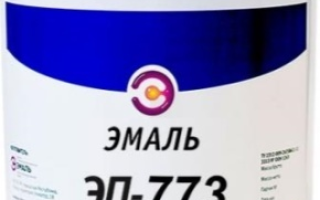
Analogs of the remedy
It is not recommended to buy cheaper analogs if metal surfaces will have to come into contact with aggressive media in the future. The price is reduced due to the exclusion of a number of components, due to which the protective properties of the paint fall. In such paints, chalk, calcite, micromarble are used as substitutes.
It makes sense to save only when painting fences, outdoor furniture, gazebos and other products that do not have to come into contact with alkalis. Otherwise, you need to purchase EP-773 enamel, which will ensure a longer service life of the products.

